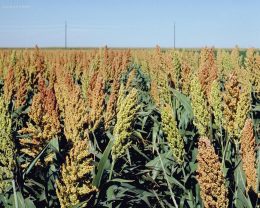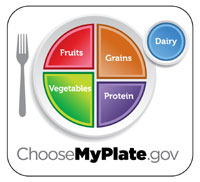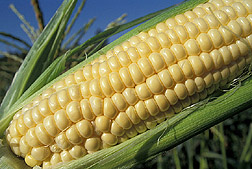
Sorghum is a staple food in African, Asian, and South American diets. In the U.S. it is typically found in animal feed or made into ethanol.
But sorghum is becoming a popular food item in American diets. It contains 10 grams of protein per half cup serving. It is also a good source of fiber, antioxidants and is gluten-free. It is the latter that has landed sorghum into many American diets.
Using sorghum in gluten-free foods has helped those with Celiac disease or other medically diagnosed reasons to avoid gluten. It helps increase whole grain consumption in gluten-free diets.
Sorghum also decreases insulin and glycemic responses compared to corn and rice. While sorghum has a lower glycemic index than wheat, sorghum syrup does not.
Antioxidants in sorghum help prevent cell and DNA damage. Many studies have shown the potential of sorghum to decrease certain cancer risks. While it may not be the cure to cancer, it certainly is a healthy addition to the diet.
Toss cooked sorghum into soups or salads, use in place of oatmeal for breakfast, or pop it like popcorn!
Source: www.foodinsight.org/sorghum-gluten-free-ancient-grain-fiber-antioxidants





